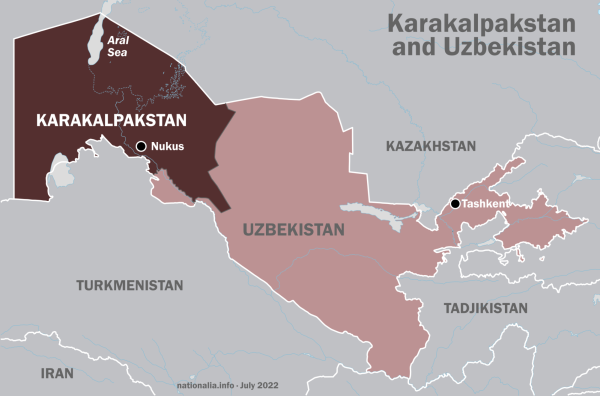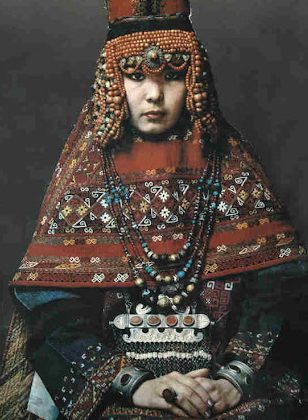I’m a foreign exchange student, who’s currently spending an exchange year in the United States. I’m from Uzbekistan, which is a country located in Central Asia. Despite the fact that I came from that country, my nationality is not Uzbek, it’s Karakalpak. Most people haven’t heard of the Karakalpak, Tsaatan, Kalash, the Loba, the Huaorani, nor the Drokpas cultures. Since most people don’t know about these rare cultures, they should be saved and embraced.

Different people make different cultures, and that makes the world more diverse and colorful. People are still working towards making the world a better place by gaining more tolerance to other people’s points of views and enhancing people’s understanding of different cultures.
Rare cultures should be saved so that future generations can experience the awesomeness and difference that occurs between various cultures. However, before passing this knowledge to other people, first they have to know this information and knowledge themselves and be educated enough to explain the importance of saving those cultures.
People could gain more tolerance into other people’s cultures, religion, beliefs and the way they live by learning about them. It would make the world a better place and inspire various representatives of rare cultures to share their unique traditions and customs with the world.
Kelly Swing, a reporter at San Francisco de Quito University, in Quito, Ecuador opens this topic and writes about it.
“Many strategies are used to protect wild plants and animals, but we are much more lax when it comes to ancestral cultures that are threatened or endangered worldwide. We should recognize the few humans still living in isolation as infallible indicators of true wilderness” Swing said.
There are at least 3,800 unique cultures, but, unfortunately, some of them are at risk of disappearing. These rare cultures shouldn’t go extinct just because there are no more representatives of those cultures.
I come from one of those cultures: Karakalpaks. Karakalpaks are a Kipchak-Nogai Turkic ethnic group native to Karakalpakstan in Northwestern Uzbekistan. The name ‘Karakalpak’ comes from two words: ‘qara’ meaning ‘black’ and ‘qalpaq’ meaning ‘hat’. Recent archeological evidence indicates that Karakalpaks formed as a mix of several tribes living near the rivers Amudarya and Syrdarya. This would explain why their language, traditions and material culture are similar to those of Kazakhs.
We started to lose our language, customs and traditions as lots of Karakalpaks are ‘modernized’ now and are not excited to share their culture as it was in the past.
Extinction of cultures could be avoided if public schools worldwide were teaching about and making them known to more people. It would also be beneficial to show the unique features of those cultures to others, which will encourage them to learn more about it. For example, many people probably didn’t know that even though Karakalpakstan is located in Uzbekistan, its culture is more similar to those of Kazakhs.
I wish rare cultures were known to more people so they will not go extinct and I really hope that future generations will work on improving the situation.








